Luxury tin container...
Specific operation process of tin box recycling
In today's era of environmental protection, the selection of packaging materials is crucial for sustainable development. As a recyclable packaging material, tin box packaging has many outstanding performances in terms of environmental friendliness. The specific process of tin box packaging recycling is generally as follows:
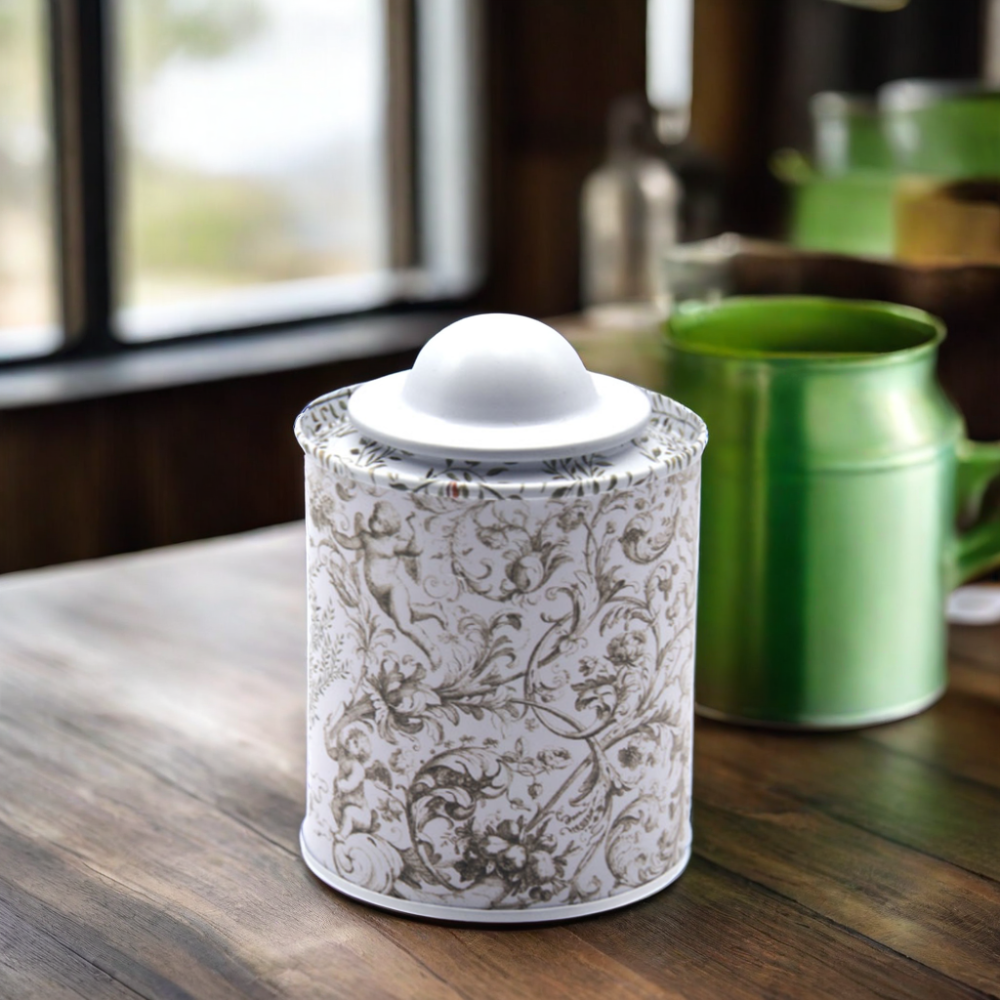
1. Source determination
The source of tin box packaging is relatively wide, and may come from electronic factories, food factories, handicraft factories and other enterprises that use tin boxes for product packaging; some also come from families or individuals, such as some high-end teas, health products, etc., which are packaged in tin boxes, and consumers use the products. Waste tin boxes are generated after using them. Recycling companies or institutions need to establish contact with the source of these tin boxes to ensure the stable collection of tin boxes.
2. Centralized collection
For a large number of tin boxes generated by enterprises, recycling companies can collect them regularly, or the enterprises can transport the tin boxes to designated recycling points by themselves; for a small number of tin boxes generated by individuals, special recycling boxes can be set up in public places such as communities, schools, and shopping malls to facilitate personal placement.
3. Transportation
Classification packaging: The collected tin boxes need to be classified and packaged according to their size, shape, whether they contain other impurities, etc. For example, smaller tin boxes can be packed into bags or boxes, and larger tin boxes can be bundled or placed separately to avoid collisions and extrusions during transportation that may cause deformation or damage to the tin boxes.
Safe transportation: Choose appropriate means of transportation, such as vans, trucks, etc., and ensure safety during transportation. The transportation vehicle should be kept in good condition to avoid failures during transportation. At the same time, the transported tin boxes should be fixed to prevent shaking and falling during the driving of the vehicle.
4. Pretreatment
Sorting and screening: The tin boxes transported to the recycling and processing center are further sorted and screened to remove impurities, such as residual food, paper, plastic and other non-tin materials. This step helps to improve the efficiency of subsequent processing and the purity of the recycled tin.
Cleaning and decontamination: Clean the sorted tin boxes to remove dirt, oil, dust, etc. on the surface. Cleaning can be done by physical methods, such as rinsing and wiping with water; some environmentally friendly cleaning agents can also be used, but it is necessary to ensure that the wastewater after cleaning is properly treated to avoid pollution to the environment.
Drying treatment: The cleaned tin boxes need to be dried to remove moisture. It can be dried naturally or with drying equipment to ensure that the tin box will not affect the recycling effect due to the presence of moisture in the subsequent processing process.
5. Smelting and purification:
Smelting: Put the pretreated tin box into the furnace for smelting. The smelting temperature and time need to be controlled according to the melting point of tin and the specific situation of the tin box. The general temperature is above 230℃ to ensure that the tin can be completely melted. Some fluxing agents such as rosin and ammonium chloride can be added during the smelting process to help the tin melt better.
Purification: The melted tin liquid may contain some impurities, such as metal impurities such as iron, copper, and lead. Purification methods are needed to remove these impurities and improve the purity of tin. Common purification methods include chemical precipitation, electrolysis, vacuum distillation, etc. For example, the chemical precipitation method is to separate impurities from tin by adding some chemical reagents to form a precipitate, and then filter out the precipitate; the electrolysis method uses the action of electric current to separate tin from the tin liquid and deposit it on the cathode to achieve the purpose of purification
6. Molding processing:
Casting molding: Pour the purified tin liquid into the mold for casting molding. The shape and size of the mold can be designed according to needs. Common shapes include tin ingots, tin bars, tin plates, etc. During the casting process, attention should be paid to controlling the temperature and flow rate of the tin liquid to ensure the quality of molding.
Mechanical processing: For some tin products with special requirements, such as tin parts, tin crafts, etc., mechanical processing such as cutting, stamping, welding, etc. is required. Appropriate processing equipment and tools should be used during mechanical processing to ensure the accuracy and quality of processing.

7. Quality inspection
Component analysis: The recovered tin products are analyzed for components to detect whether the tin content and the content of other impurities meet the relevant standards and requirements. Spectrometers, chemical analysis methods, etc. can be used for detection.
Performance testing: Test the physical and chemical properties of tin products, such as hardness, strength, corrosion resistance, etc. The test results should be compared with the standard values to ensure that the quality of the recycled tin products is qualified.
8. Storage and sales:
Storage: Store tin products that have passed the quality inspection in a dry, ventilated, moisture-proof and fire-proof environment. Tin products should be stored in categories to avoid confusion between tin products of different specifications and purities
Sales: According to market demand, the recycled tin products will be sold to relevant companies or users. During the sales process, the product quality inspection report and relevant certification documents should be provided to ensure that customers can understand the quality and performance of the product.
.jpg)




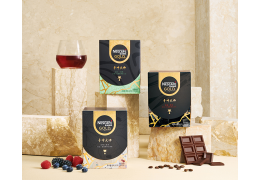
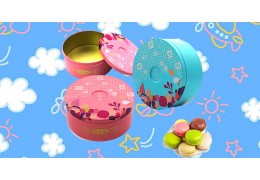
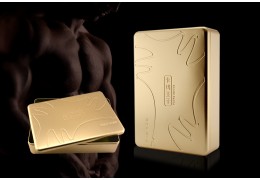

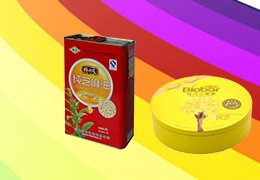




Latest comments